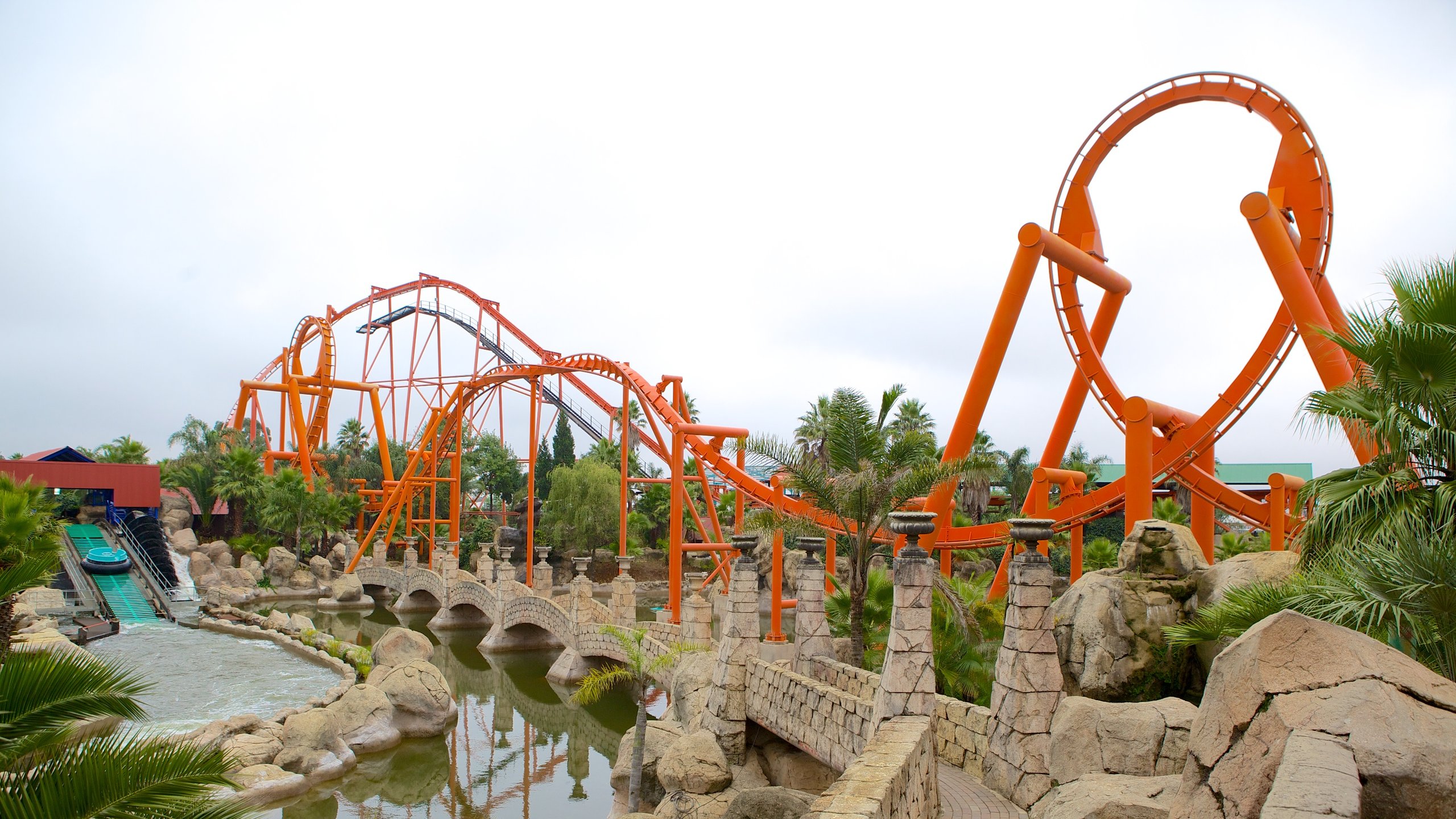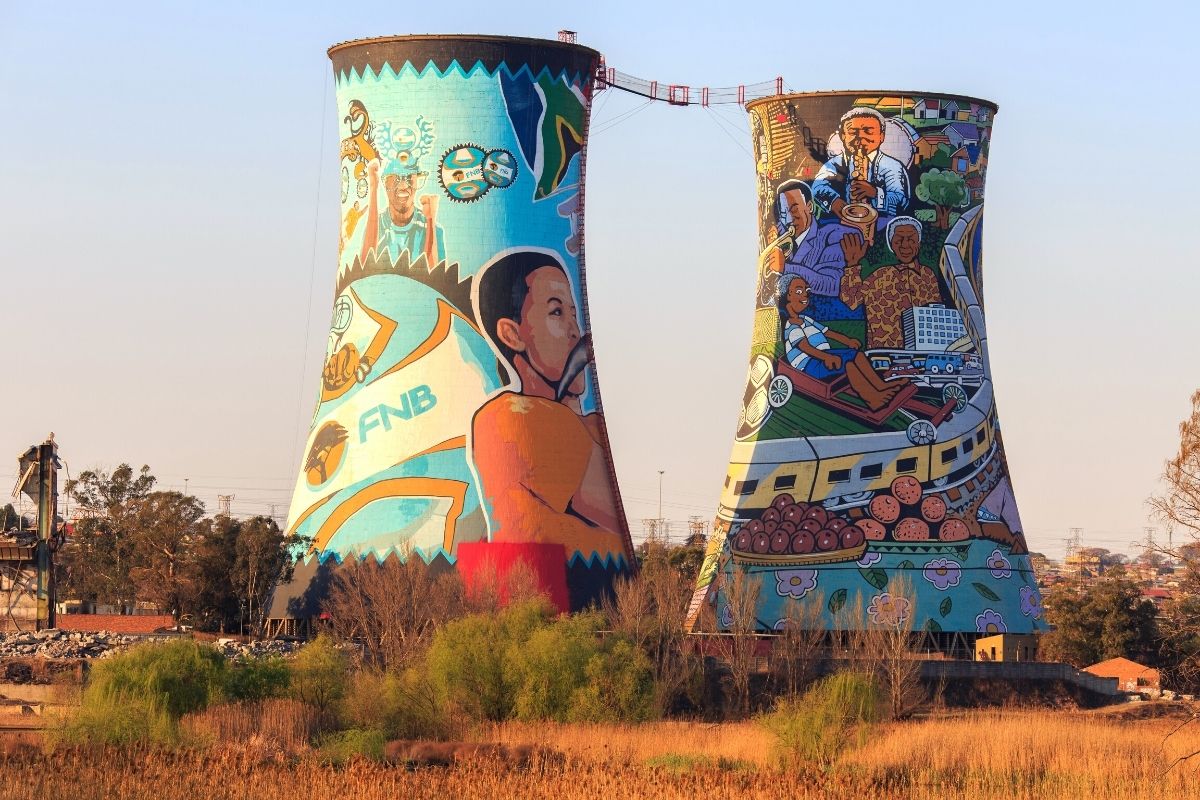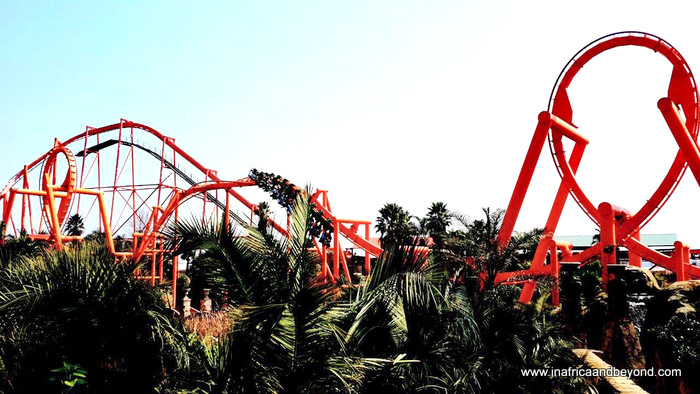Johannesburg North Attractions - Questions
Johannesburg North Attractions - Questions
Blog Article
The Greatest Guide To Johannesburg North Attractions
Table of ContentsNot known Factual Statements About Johannesburg North Attractions Not known Facts About Johannesburg North AttractionsSome Of Johannesburg North AttractionsJohannesburg North Attractions Can Be Fun For EveryoneThe Of Johannesburg North AttractionsGetting My Johannesburg North Attractions To WorkWhat Does Johannesburg North Attractions Mean?
You should keep safety and security in mind and tourists need to remain alert at all times when in strange surroundings. Talk with the locals when you remain in community to learn about the area you are remaining in. Johannesburg North attractions. When on the road (this doesn't relate to mall and other safe and secure environments) finest basic recommendations is to attempt your best to appear like a neighborhood and to avoid showing any kind of form of riches
The Single Strategy To Use For Johannesburg North Attractions
Professor Revil Mason O. J. (Thomson, 1946) checked out the Witwatersrand's pre-colonial history. His historical job took off the 'em pty land' misconception, according to which the region was lacking human habitation prior to the arrival of European inhabitants. In his publications Prehistory of the Transvaal: A Record of Human Activity (1962) and Beginnings of Black Individuals of Johannesburg and the Southern Western Central Transvaal Advertisement 3501880 (1986 ), Professor Mason demonstrated the degree of social and financial growth in the location before Europeans set foot right here.

Some Known Facts About Johannesburg North Attractions.
He acted with the government's authorization, given after he had actually sworn to keep his explorations trick. In 1874, small-scale mining procedures were started in the Magaliesberg, where an Australian, Henry Lewis, had discovered gold down payments. In 1878, David Wardrop discovered gold in quartz capillaries at Zwartkop, north of Krugersdorp. In 1881, Stephanus Minnaar encountered gold on the farm Kromdraai, near the Cradle of Humankind.
In March 1886, a protrusion (quickly to be called the Main Coral reef) was located, quite fortuitously, on Gerhardus Oosthuizen's ranch Langlaagte. Some state that the Lancastrian coal miner George Walker found this reef. Another itinerant English miner, George Harrison (who had actually formerly functioned in Australian mines) gotten a prospecting permit in regard of Langlaagte in May 1886.
He made a decision to move on in a quest for greener fields, and disposed of his Langlaagte case for the handsome sum of 10. Alas: below lay the richest goldfield ever discovered. The exploration of this abundant auriferous reef prompted a gold thrill that indicated the end of bucolic serenity in the southerly Transvaal.
It would, within 6 years, come to be the biggest community in southern Africa. Within a years, it would make the Z. A. R. till then an anarchical and bankrupt little state the richest nation in Africa. By the millenium, the Z. A. R. was to go beyond Russia, Australia and the USA of America to end up being the world's leading gold manufacturer, creating even more than a quarter of the globe's gold.
The Ultimate Guide To Johannesburg North Attractions
It was called Ferreira's Camp, named after Colonel Ignatius Ferreira. He was a Boer adventurer upon whom the British authorities had actually presented the standing of Companion of the Most Identified Order of St Michael and St George (qualifying him to the post-nominal letters C. M. G.) in gratefulness for his duty in the battle that had deposed the Pedi king Sekhukhune in 1879.
Quickly the camp was including tents and wagons as novices showed up daily from everywhere. By September 1886, some 400 people stayed in Ferreira's Camp, which quickly boasted built iron and timber buildings. 2 other camps were developed: Meyer's Camp on the ranch Doornfontein, and Paarl Camp. The latter was nicknamed Afrikander Camp; lots of people from the Cape Colony resolved there.

The 6-Minute Rule for Johannesburg North Attractions
This name obtained currency by word of mouth, such that the State Assistant verified the name to the Mining Commissioner on 9 October 1886. Stands in the town were auctioned on 8 December 1886. While some stands were offered for 10, others were knocked down for just sixpence.
Two years later on, these erven were to alter hands for as high as 750 each. The tented camps diminished as a dorp of corrugated iron buildings created and increased north of the mines located along the Key Reef Road. Areas such as Jeppe's Community (where working-class immigrants erected their dwellings) and Doornfontein (where the wealthy new 'Randlords' started to construct their luxurious homes) were quickly useful content included in the ever-expanding map of the community.
Getting The Johannesburg North Attractions To Work
Apart from the street names, there were no indicators of Johannesburg being situated in a Dutch-speaking country. Years later, C. W. Kearns O. J. (among the initial boys signed up at this St John's University in 1898) would certainly remember: 'A strange truth regarding Johannesburg was that, although it remained in the [Boer Republic], virtually everyone spoke English and even the Government servants attended to one in English, unless they were initial resolved in the Taal (or Low Dutch)'.
Therefore, Britain had a rate of interest in making certain optimal problems for gold manufacturing on the Witwatersrand, which the gold was exported to London instead of Berlin a critical rendered even more clamant by the Z. A. R - Johannesburg North attractions.'s increasing toenadering with Germany. Mine owners were on a crash training course with President Kruger, whose policy of monopolistic giving ins (usually provided to his cronies) stopped mining business from procuring supplies of products (particularly dynamite) and labour by themselves, less costly terms
How Johannesburg North Attractions can Save You Time, Stress, and Money.
In 1890, the Volksraad had limited the franchise to white males that had stayed in the Z. A. R. for fourteen years or longer, thus invalidating many of the immigrants (who took place to be the major contributors to the fiscus). Nonetheless, anxiety for the ballot was a mere pretext for advertising a different program; the majority of uitlanders regarded themselves as momentary site visitors and had no intention of staying in the Z.
Report this page